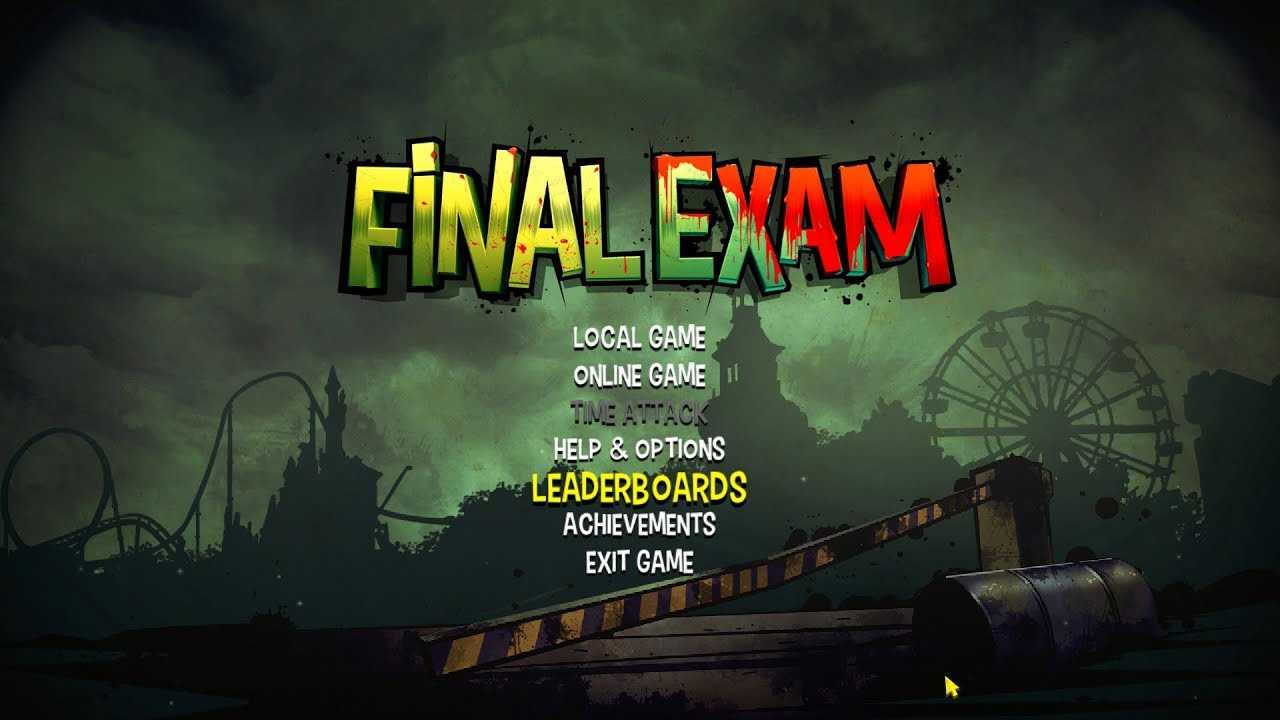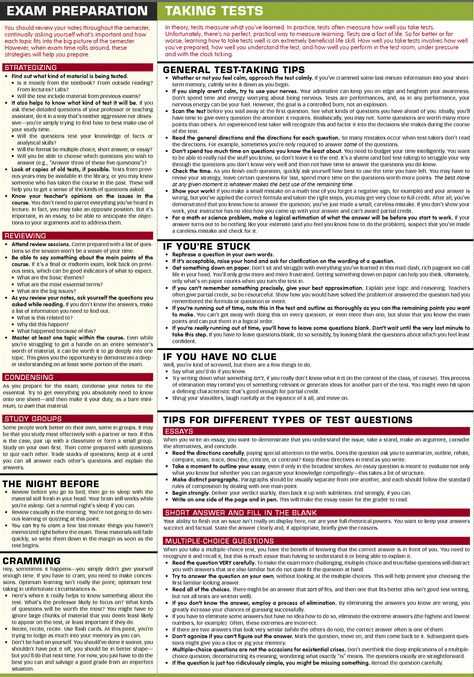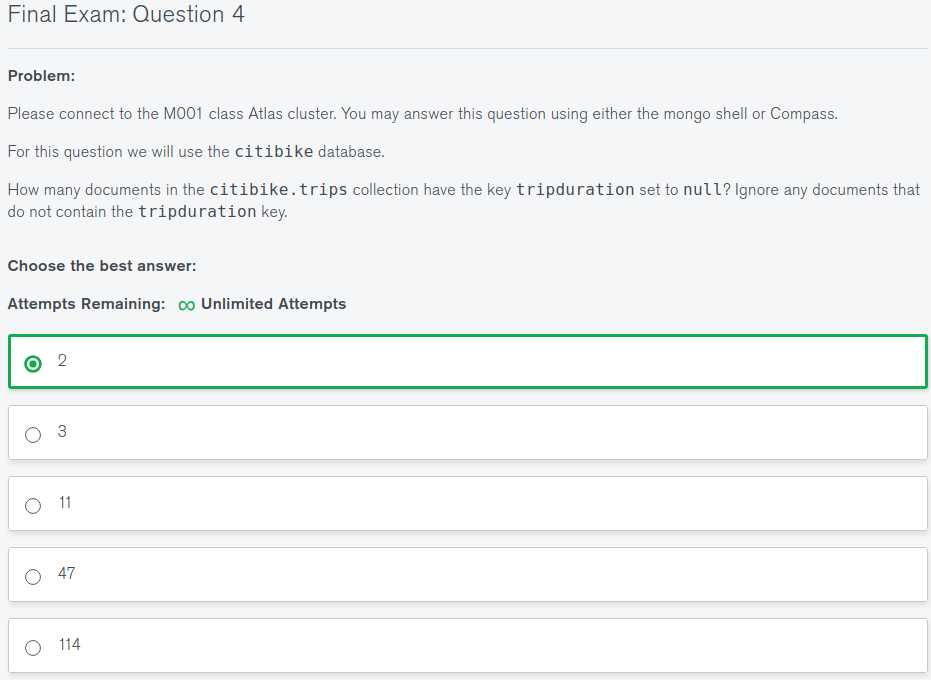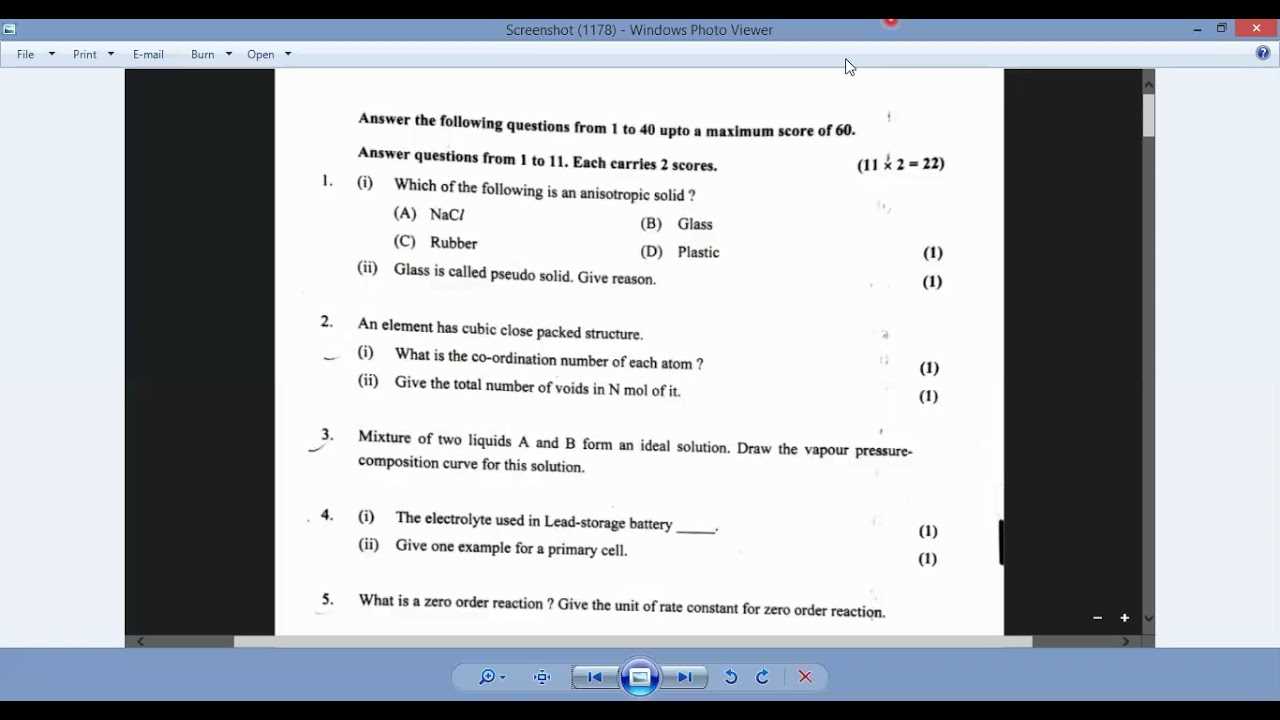
Taking the road test is a crucial step toward obtaining a driver’s license. This stage evaluates knowledge of road rules, traffic signs, and safe driving practices. Successful completion of this test is essential for becoming a responsible driver. Understanding the structure and expectations of the test can help reduce anxiety and increase the chances of success.
Test Format and Key Topics

The assessment typically includes multiple sections that test both theoretical and practical knowledge. It is divided into various parts, each focusing on different aspects of vehicle operation and road safety.
- Road Signs: Recognizing and interpreting various traffic signs and signals.
- Rules of the Road: Understanding the fundamental regulations that govern driving behavior.
- Safe Driving Practices: Applying techniques to ensure safety on the road, such as proper use of mirrors and speed control.
Study Materials and Preparation
To excel in the assessment, reviewing relevant study materials is essential. Focus on the sections that are most frequently tested. Make use of practice quizzes and simulations to familiarize yourself with typical questions. This approach helps in retaining important information and identifying areas that may require additional study.
Avoiding Common Mistakes
Many test-takers fail because of simple errors. Some of the most common mistakes include:
- Misunderstanding road signs or markings.
- Failing to demonstrate proper vehicle control.
- Not adhering to traffic laws during the test.
Success Strategies

One effective strategy for passing is to stay calm and composed. Practice regularly, both in theory and practical skills, and be well-rested before the assessment. Confidence, combined with thorough preparation, will significantly increase the likelihood of success.
What to Expect on Test Day

On the day of the test, be prepared for both theoretical and practical sections. During the practical test, the examiner will assess your ability to safely operate a vehicle, obey traffic laws, and react appropriately to various situations. For the theory portion, make sure you understand all the key concepts related to road safety and traffic regulations.
Overview of the Program and Assessment Structure
The preparation program for obtaining a driver’s license is designed to equip individuals with the essential skills and knowledge needed to drive safely and responsibly. It combines theoretical learning and practical application, ensuring that participants understand both the rules of the road and the technical aspects of vehicle operation. The structure is organized to provide a comprehensive foundation, ensuring participants are well-prepared for the evaluation process.
How the Assessment is Structured
The assessment is typically split into two main components: a theoretical section and a practical test. In the first part, individuals are tested on their understanding of traffic laws, road signs, and general safety practices. The practical portion involves demonstrating the ability to operate a vehicle and follow traffic regulations in a controlled environment.
Effective Preparation Tips
To maximize success, it’s important to focus on studying key topics such as road safety rules, vehicle control techniques, and emergency response actions. Practice tests are essential to familiarize oneself with the structure of the evaluation. Furthermore, ensuring adequate rest and reviewing notes regularly will boost confidence on test day.
Some of the most frequently asked questions include: what to expect on test day, how to handle difficult traffic situations, and what to do if you fail. It’s important to address these concerns in advance to minimize any uncertainties during the process.
To achieve success, maintaining a calm and focused mindset is critical. Utilize both theoretical and practical practice sessions to build confidence and refine your skills. Consistent practice, combined with a solid understanding of road rules, will greatly increase your chances of passing.
After completing the assessment, participants will be informed of the results and provided with next steps. If successful, they will be issued a driver’s license. In case of failure, additional practice sessions may be recommended to address any weaknesses before retaking the assessment.